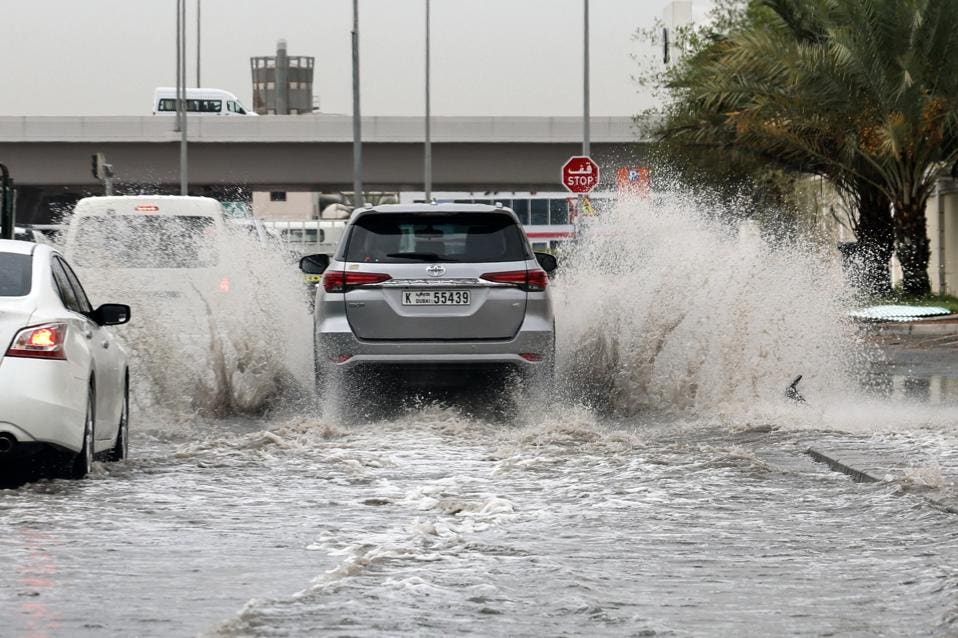The Middle East, a region of immense cultural and religious diversity, has been embroiled in a seemingly endless cycle of conflict, leaving outsiders wondering why violence and instability persist. The answer lies in a complex web of historical, political, and social factors that have created a perfect storm of tensions.
One key factor is the legacy of colonialism, which artificially carved up the region, creating states with little regard for ethnic, religious, or tribal boundaries. This has led to chronic instability, as groups have fought to assert their identities and interests.
The region’s strategic importance, particularly its vast oil reserves, has also fueled external interference, with global powers backing various factions and regimes to secure their interests. This has perpetuated a cycle of proxy wars, sectarian divisions, and political repression.
Furthermore, the Middle East is home to some of the world’s most pressing unresolved conflicts, including the Israeli-Palestinian dispute and the Syrian Civil War. These conflicts have spawned extremist groups like ISIS and Al-Qaeda, which have exploited local grievances to spread their ideologies.
Additionally, the region’s political landscape is characterized by authoritarian regimes, which have suppressed dissent and perpetuated human rights abuses, leading to widespread discontent and social unrest.
The Middle East’s unique cultural and religious dynamics also play a role, with sectarian divisions and competing interpretations of Islam fueling tensions between Sunni and Shia populations.
Lastly, the region’s rapid population growth, urbanization, and economic inequality have created a perfect storm of social and economic pressures, further exacerbating tensions.
In conclusion, the Middle East’s cycle of conflict is a complex, multifaceted issue, driven by historical, political, social, and economic factors. Addressing these underlying issues is crucial to breaking the cycle of violence and achieving lasting peace and stability in the region.

